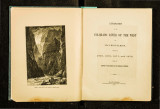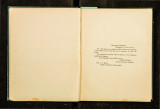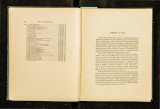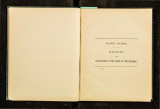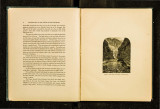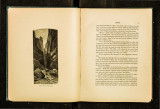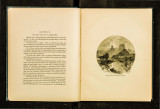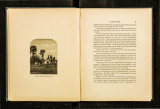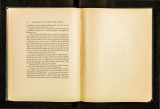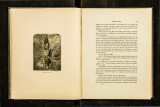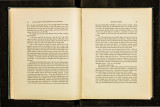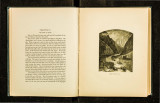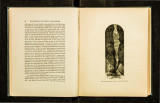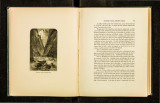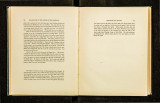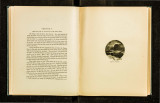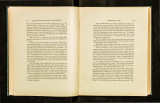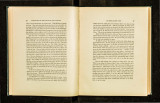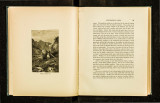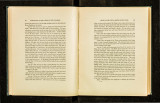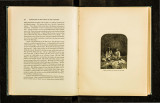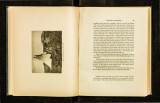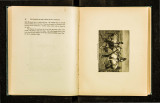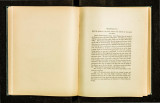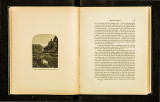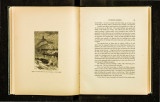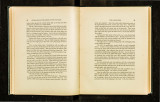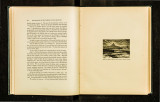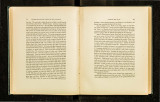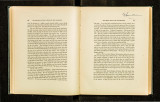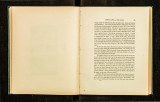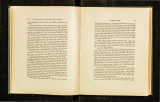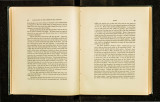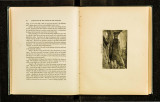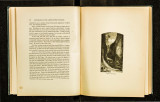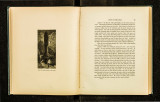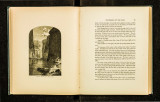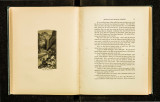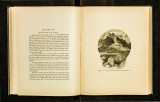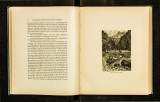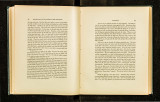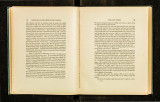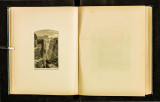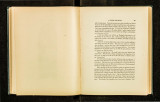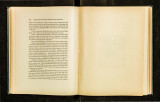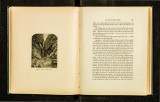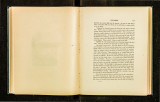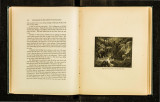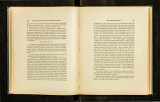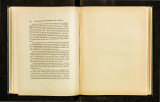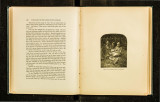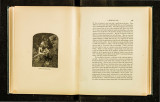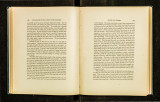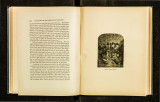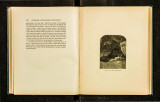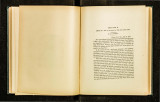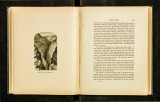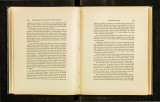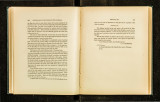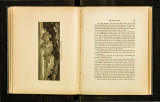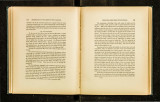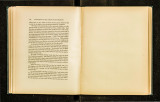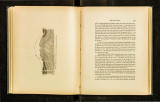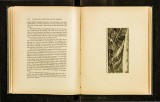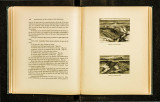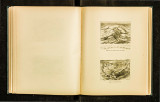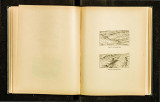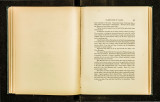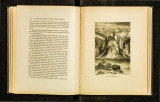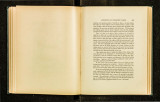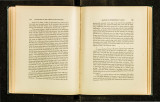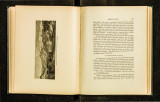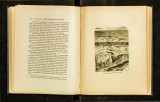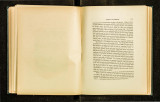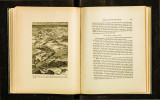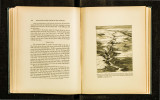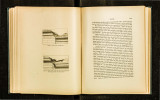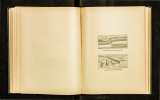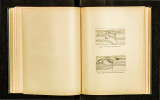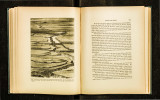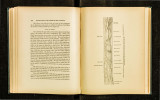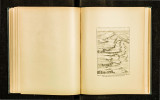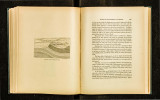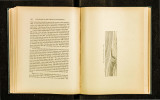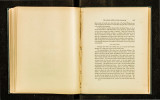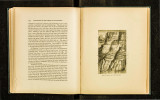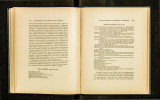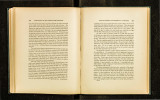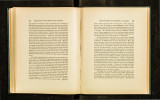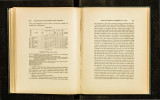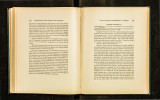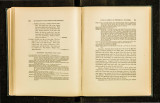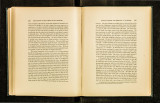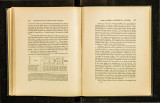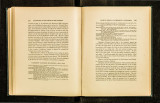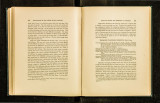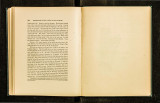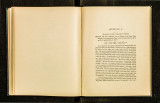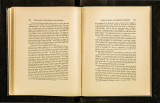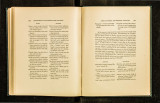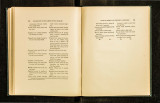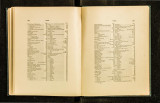| OCR Text |
Show 244 EXPLORATION OF THE OARONB OF THE OOLORADO. ability to define species satisfactorily is a very good gauge of our ignorance of the whole truth. But naturalists practically worl<, for the most part, upon the surface of the subjects presented to their examination, not necessarily concerning themselves at all times with what lies hidden underneath. There are occasions to speculate and theorize, and there are other times when a naturalist may legitimately ignore underlying principles, and properly content himself with statement of certain observed facts. Working on this plane, as I am in the present instance, it is my business to render an exact account of what I find the case of Thomomys to be, without reference to abstract questions involved; and to sum the statement in such nomenclatural terms as I may judge most suitable to express the relationships believed to subsist between the several differentiations which the genus has undergone. In describing the several forms of Thomomys, I waive the question of species; no harve::;t would be garnered if the laborers waited till they learned how the grain grew. In studying my specimens, I find that one of them diflers from all the rest to such a degree that its characters arc totally irreconcilable witlt those of any others. My description of it is merely an amplification of this statement. I give it a name, and call it a species, conventionally, simply in recognition of this fact, and for the usual purpose of readily indexing the items of information the specimen affords. I find, furthermore, that all the other specimens collectively present a varying sum of characters, according to difference in the emphasis of each one of these characters common to all ; and that their interrelation or intergradation is so intimate and complete that no lines of precise distinction can be drawn; but that, nevertheless, an average diflerence in th1·ee directions may be readily perceived and described intelligibly. It is an undoubted fact, furthermore, that these three differentiations are related in some way to certain geographical areas, for the simple reason that all the specimens of one style arc produced in certain portions of the · country, and all of the rest in certain other regions; and that the Thomomys existing on the confines of the several areas share each others' peculiarities. It is, once again, within the experience of those who haye studied such subjects in their general bearings, that the a pccts of the case presented hy Thomomys tully exactly with those determined in a. great many other cases. OOUES ON GEOMYS AND THOMOM YS. 245 Not to pursue this subject to the extent of further allusion to laws fairly deducible from such premises, it is a logical inference from what has been said that there is but one "species'' among all these specimens. This "species'' is modified by some unknown means, evidently related in some way to the climate, soil, vegetable productions, or other peculiarities of certain geographical areas, yet not to the exteut of severing the links which bind all its individuals together. This species, in the course of time, by the continued operation of the same influences, may or may not be resolved into three or more species in the current acceptation of the term; but at present such is not the case. It is my intention, in the following pages, to describe these variations in detail. In so doing, I cousider it advisable, for convenience' sake, to give them each a name; and, in so doing, I shall adopt a formula of nomenclature which I consider best suited to suggest the intergradation which I find to exist, without reference to Linnrous or to the British Association. It may tend to take the edge off the imputation implied in the remark made above, that six or eight species admitted by naturalists of high repute must be reduced to one, to briefly review the wtittcn history of Tlwmomys. The literature of the subject is unusually brief, aild it is somewhat surprising how much of it is pure compilation, which has uo actual bearing upon the case. Eydoux and Gervais, and Maximilian, each described a species, and Waterhouse and Brandt have both handled the general aspects of the case; but, with these exceptions, almost no original work appe~rs from foreign authorities. Fischer, Schinz (whose one new species was a self-confessed synonym), Wagner, Giebel, aud doubtless other systematists, have treated of a number of species of T!tomomys, but entirely at second hand. ~uch authorities may be passed over in respectful ilence, having no weight whatever. The very slight knowledge from abroad will seem the less remarkable when we find how little has be~n done by the naturalists of this country. Rafinesque's animals appear to have been all Geomys. God~an had nothing to say upon the subject. Bachman's descriptions of two speCI.es, in 1839 were upon Richardson's MSS. DeKay enumerated some speCies at seco~d hand. Audubon aud Bachman's accounts of several specie~ add positively nothing to what was already extant upon the subject. When LeConte monographed the family in 1852, lte l\ncw but a !'lingle species, |






